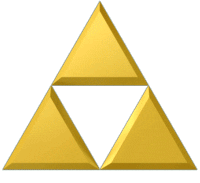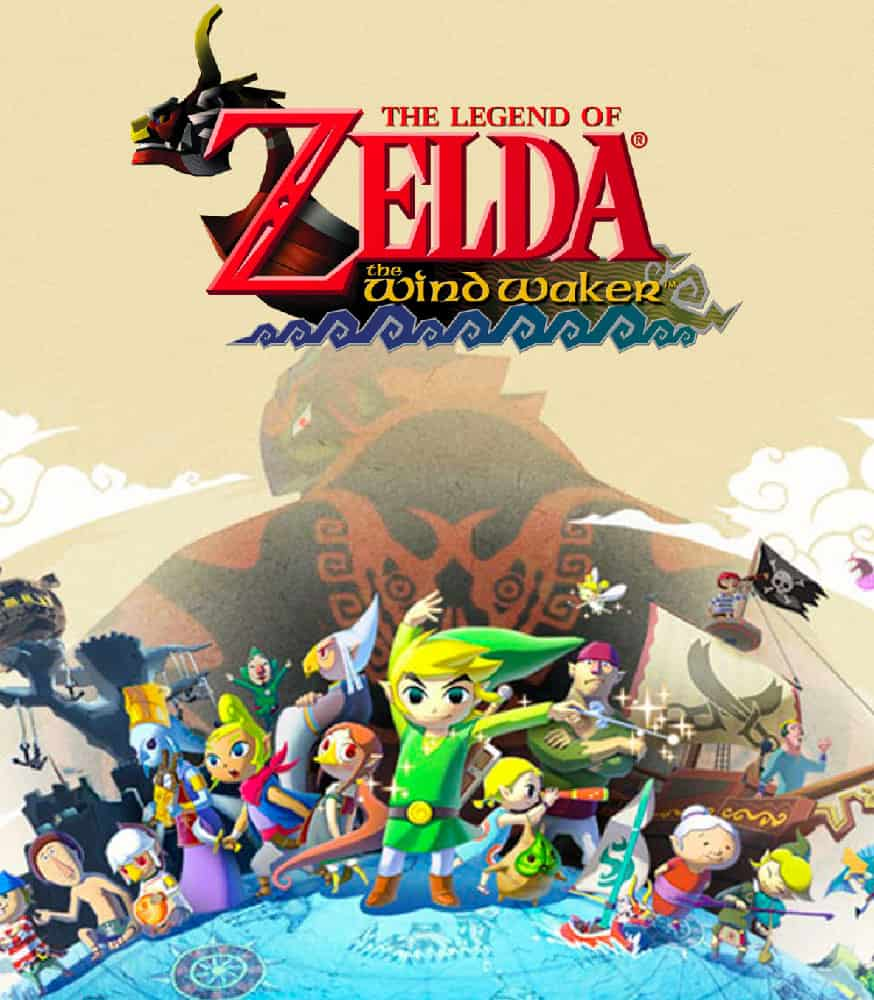Translate the site
• - •
Make a donation
• - •
Follow us on
• - •
Contact us

Loading the game in progress...
Translate the site
• - •
Make a donation
• - •
Follow us on
• - •
Contact us

Loading the game in progress...

At E3 2002, Nintendo impressed audiences with a realistic technical demo that hinted at a Zelda with a dark and detailed style. Yet when The Wind Waker was unveiled with its cel-shading design, the surprise was total and reactions were mixed. Many criticized this artistic direction as too childish… but time proved that this choice was visionary, offering a timeless look that ages far better than the realistic graphics of that era.
The game opens with an epic tale: a hero clad in green defeated an evil being with a magic sword, thereby saving the kingdom of Hyrule. But one day, that evil resurfaced, and the long-awaited hero never returned. Distraught, the people prayed to the gods… and no one ever knew what became of the kingdom.
Centuries later, on a remote little island where this legend endures, a tradition persists: every boy reaching the age of 12 receives a green tunic, a symbol of the courage of the Hero of Time. It is in this setting that the adventure of Link begins, a young boy whose destiny will carry him far beyond the waves.
With The Wind Waker, Nintendo upends conventions by introducing a maritime open world that connects islands with varied biomes. Thanks to the Red Lion, a living boat, Link must explore this mysterious ocean, uncover the secrets of a sunken Hyrule, and confront the inevitable return of Ganondorf.
Despite its controversial beginnings, The Wind Waker is now one of the most beloved entries in the series. Its unique graphic style and bold artistic direction have allowed it to stand the test of time, to the point of being remastered in HD on Wii U in 2013.